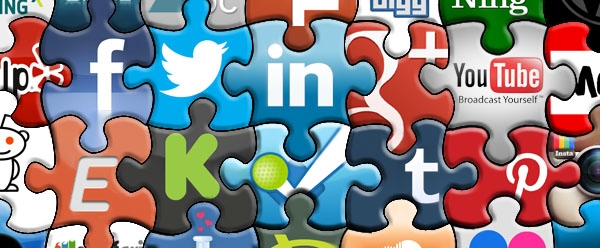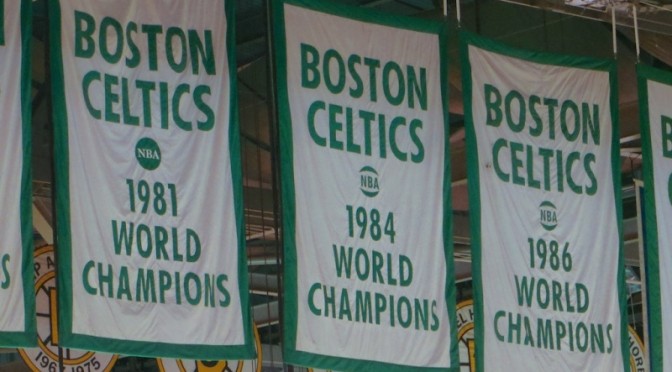Remember the days when you’d get a catalog in the mail, or you subscribed to a store and received online catalogs which influenced your buying decisions? With the existence of social media, and platforms such as Instagram and Pinterest, that’s all beginning to change. Pinterest, more than Instagram, has become the social media outlet where 32% of users plan to go buy what they pinned, while 30% said they’d take the next step in the buying process and purchase what they viewed on an online store, according to a recent study done by Millward Brown Digital. We’re slowly beginning to see changes in buying habits and behaviors, and it all starts with visualization.
Why are Instagram and Pinterest so compelling from a consumer’s standpoint? For industries such as home improvement, home decor, and clothing, visualization has become key to online marketing success. People who need new bath or kitchen fixtures no longer have to look through a catalog and find what looks good. On Pinterest, people can now see what those products look like in a bath or kitchen setting. They can visualize and see themselves in that room instead of being given a photo of the product with a white backdrop.
As the old saying goes, “A picture is worth a thousand words” and it can’t be more true for marketers and businesses on social media in 2015. The reason why Instagram is successful is because of the editing and filters done by users to make pictures really stand out. Not only are they great to look at, but they’re beginning to influence consumers in multiple industries. You’ve probably seen Millennials on Twitter sharing photos of cars, houses, and pictures of happy couples with the caption, “Life goals”. When did this all come about? Nice cars, houses with luxury interiors, and happy couples could always be found on television, in a magazine, or through a search engine. Why now has every 20-35 year old become enamored with pictures displaying luxury and happiness?
Pinterest, Instagram, and to an extent Youtube is where this craze for virtual visualization has come from. Similar to the days of the first movie with sound or first television that brought color to screens, people want more. Back in the early to mid 20th century people wanted sound and color to help make movies and television shows more appealing and easier to watch. Today Instagram and Pinterest have given consumers pictures with real life settings where they can see themselves owning that car, living in that house, or being happy with their significant other. That’s why Pinterest is seeing a combined 62% of users making buying decisions online, or being influenced to buy a product in the store. Those pictures are almost a trial version for consumers, where they can see what looks good in their house and if it’s worth purchasing to make their homes look the same as the one in the picture.
With all this being said, Pinterest and Instagram are opening the door for virtual reality and point of view videos. Instead of seeing someone in front a camera reviewing a product, first person videos is where the imagination of consumers goes one step further. If you’re interested in buying a car, you can find multiple car reviews on Youtube, with similar presenters all saying the exact same thing, with the same camera angles, and none of them can find a way to be different in any way.
However, Winding Road Magazine offers viewers point of view videos with a first person look behind the wheel. The sound systems they use make it possible for people to hear exactly what the driver is. Since the cameraman doesn’t say a word, viewers can put themselves in his shoes and imagine themselves in that car. With over 150,000 subscribers and over 50,000,000 views, Winding Road Magazine is well ahead of the curve when it comes to the next era of technology and social media marketing.
Visualization is becoming a major factor in buying decisions. If you’re posting pictures of your products with white backdrops, your content may not be as effective as the company who is using photos of their product in a real life setting, such as a living room or kitchen. Virtual reality will be made possible thanks to GoPro cameras and technology coming out next decade. More importantly though, right now in 2015, you must use Pinterest and Instagram to your advantage and give your customers exactly what they want; a visualization of your products.






